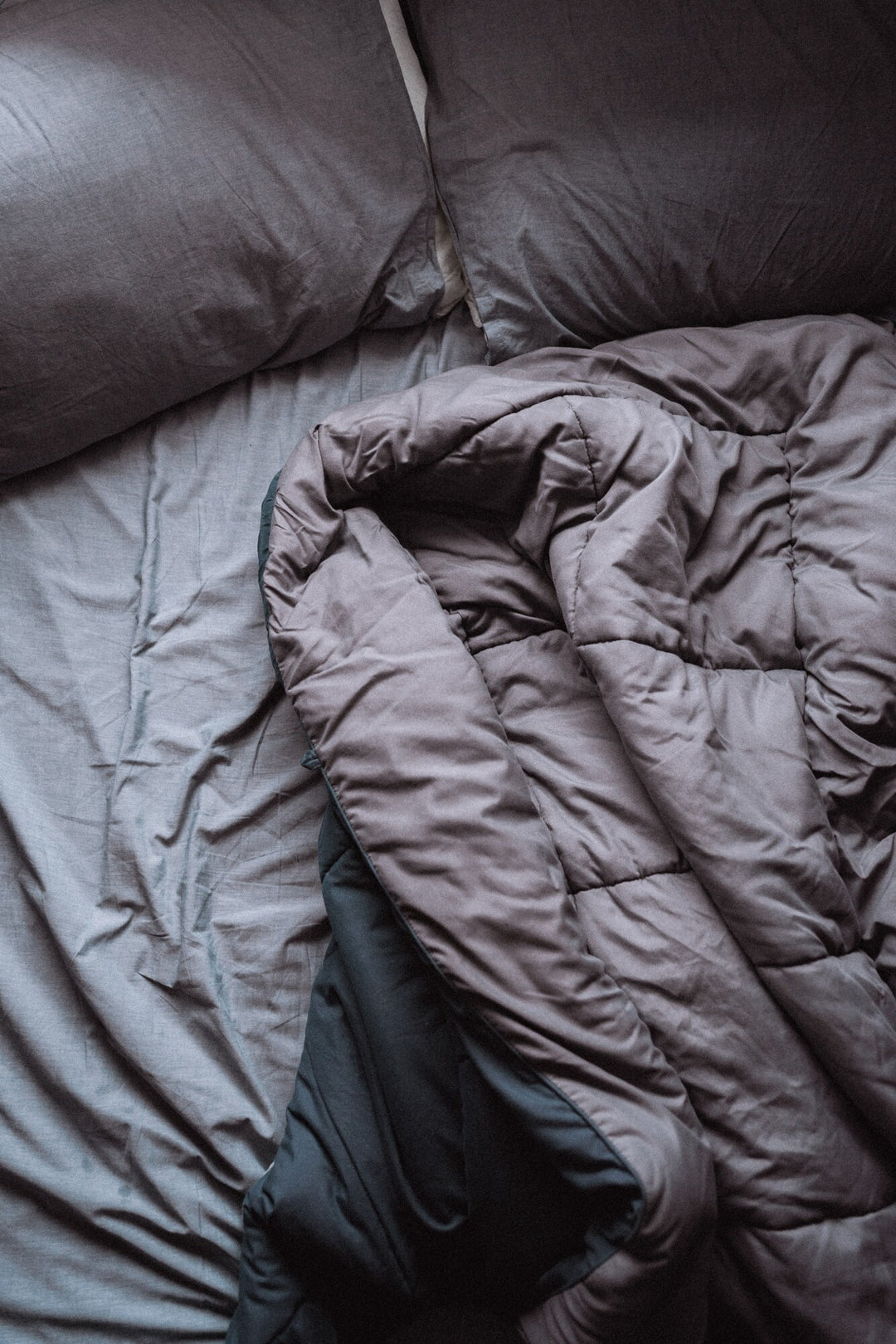Sensory Therapy at Home: Using Lycra Resistance Bands to Support Sensory Needs
Incorporating sensory therapy into daily routines can greatly benefit individuals with sensory processing challenges. One versatile tool that can be used effectively at home is the Lycra resistance band. In this blog, we will explore practical strategies and techniques for using Lycra resistance bands to support sensory needs and promote sensory regulation in a home environment. Discover the versatility of Lycra resistance bands and learn how they can be adapted for different sensory activities to create a sensory-friendly space.
Creating a Sensory-Friendly Environment: Before diving into the specific techniques, it's essential to set up a sensory-friendly environment at home. Consider the following tips:
-
Designate a Sensory Space: Set aside a specific area in your home where sensory activities will take place. This can be a corner of a room or a dedicated sensory room if available.
-
Reduce Distractions: Minimize excessive noise, bright lights, and visual clutter in the sensory space to create a calm and focused environment.
-
Provide Comfort: Ensure that the space is comfortable with soft furnishings, such as pillows or bean bags, to create a cozy and inviting atmosphere.
Techniques for Using Lycra Resistance Bands in Sensory Therapy:
- Deep Pressure and Stretching:
- Encourage individuals to stretch and pull the Lycra resistance band to provide deep pressure input.
- Demonstrate gentle stretches and movements that engage the major muscle groups, promoting relaxation and body awareness.
- Body Awareness and Motor Planning:
- Guide individuals in exploring different movements with the resistance band, such as pushing, pulling, twisting, or wrapping it around the body.
- Encourage activities that involve crossing the midline, promoting bilateral coordination and enhancing motor planning skills.
- Sensory Integration Activities:
- Combine Lycra resistance bands with other sensory materials, such as textured objects or weighted items, to create a multi-sensory experience.
- Explore activities that involve stretching the band while engaging with different sensory inputs, such as visual, auditory, or tactile stimuli.
- Calming and Regulation:
- Use the resistance band for rhythmic bouncing or rocking movements, providing a soothing and regulating experience.
- Incorporate deep breathing exercises or mindfulness techniques while using the resistance band to promote relaxation and self-regulation.
By incorporating Lycra resistance bands into sensory therapy at home, you can create a sensory-friendly environment and provide effective sensory input to support individuals with sensory needs. The versatility of Lycra resistance bands allows for a wide range of activities that promote body awareness, motor skills development, and sensory integration. Remember to customize the activities based on the individual's preferences and sensory needs. With consistent practice, Lycra resistance bands can become a valuable tool in promoting sensory regulation and well-being at home.
For a variety of Lycra resistance bands and other sensory products, check out the Sensory Assist collection page and start incorporating sensory therapy into your daily routine.













